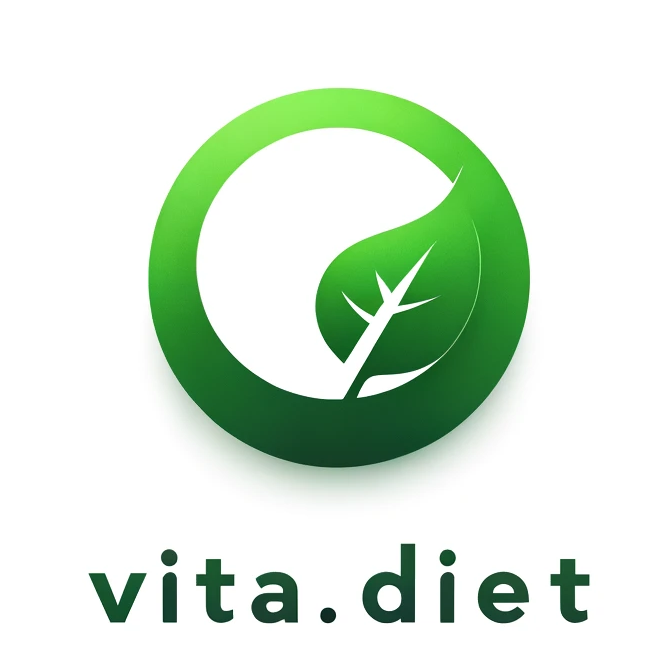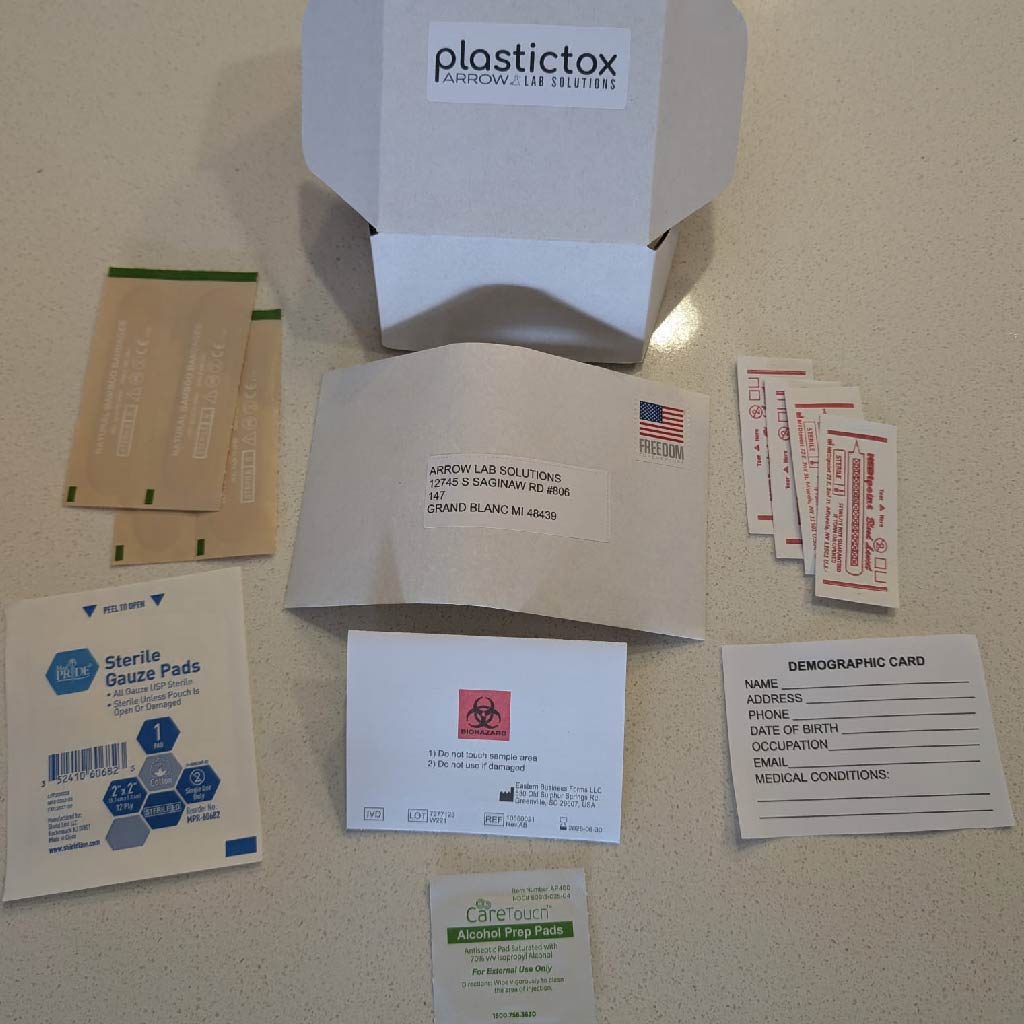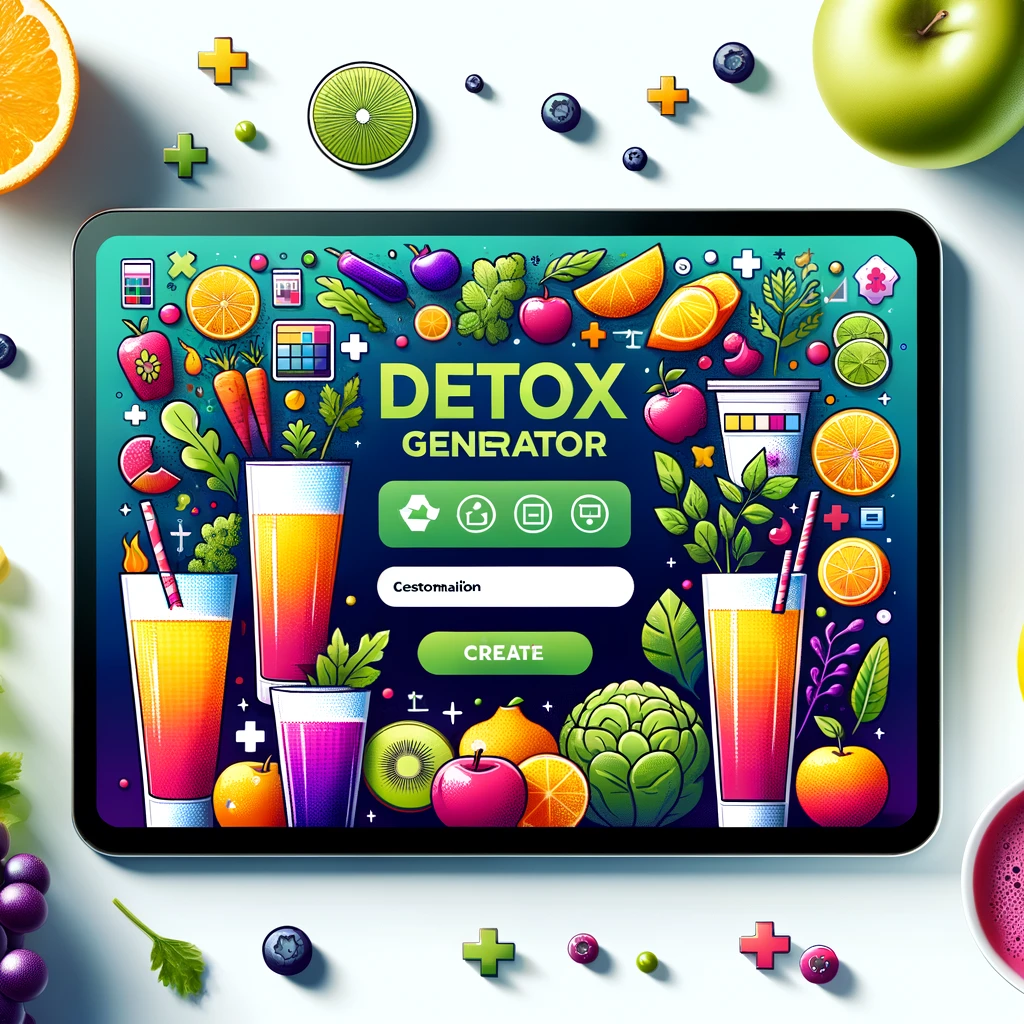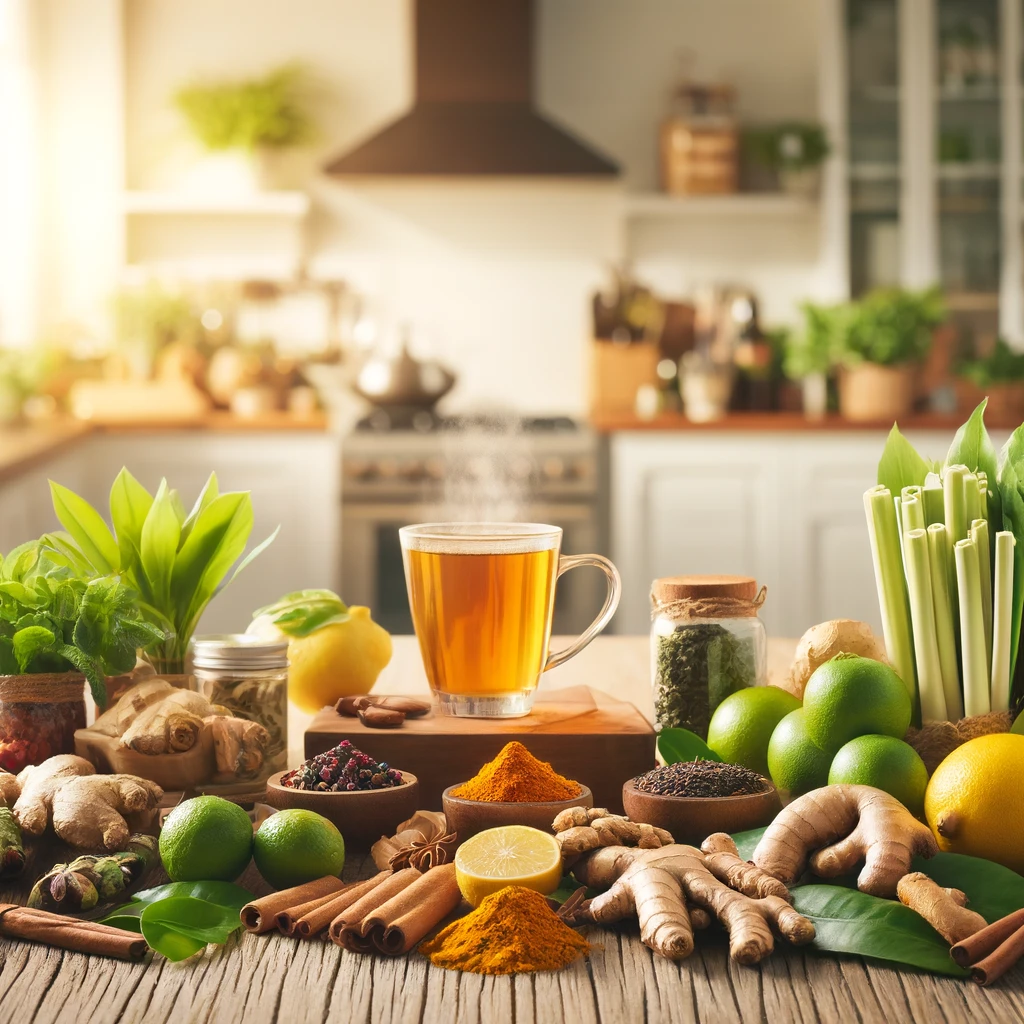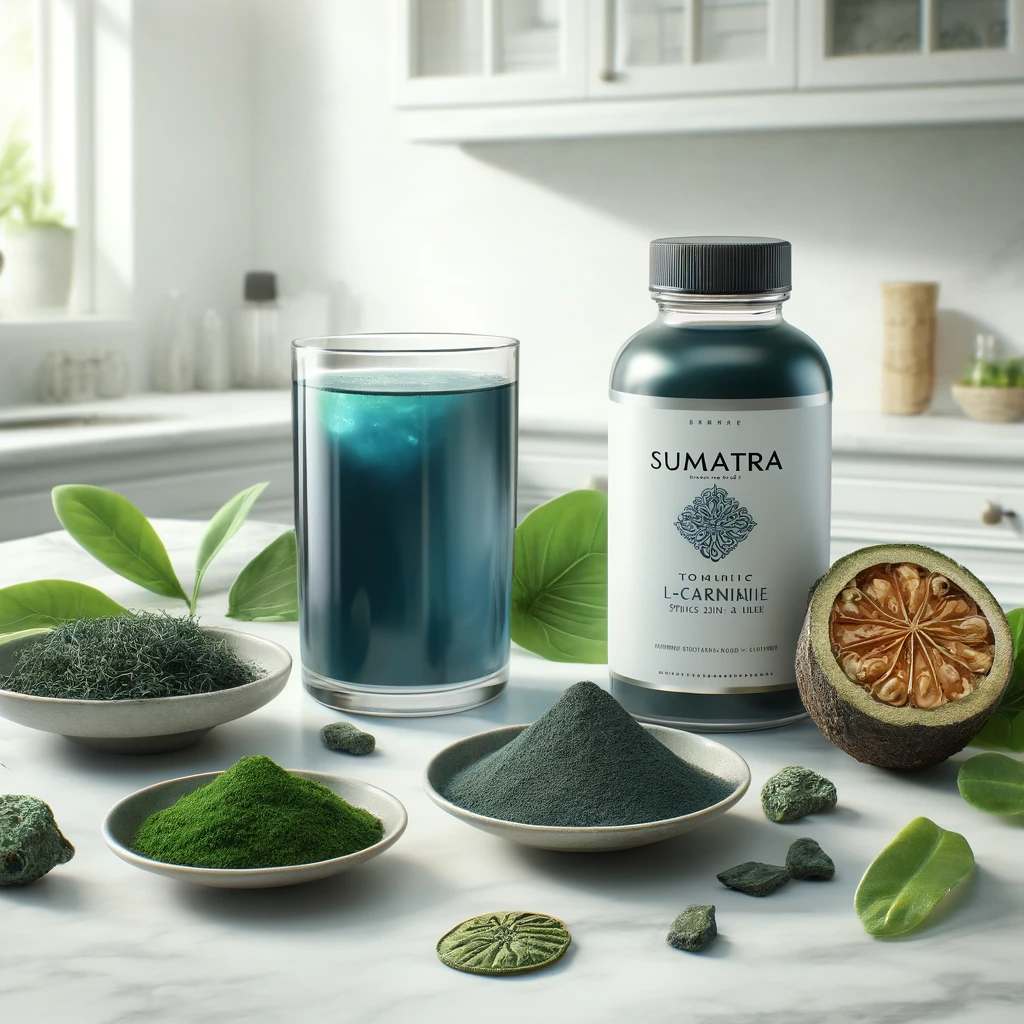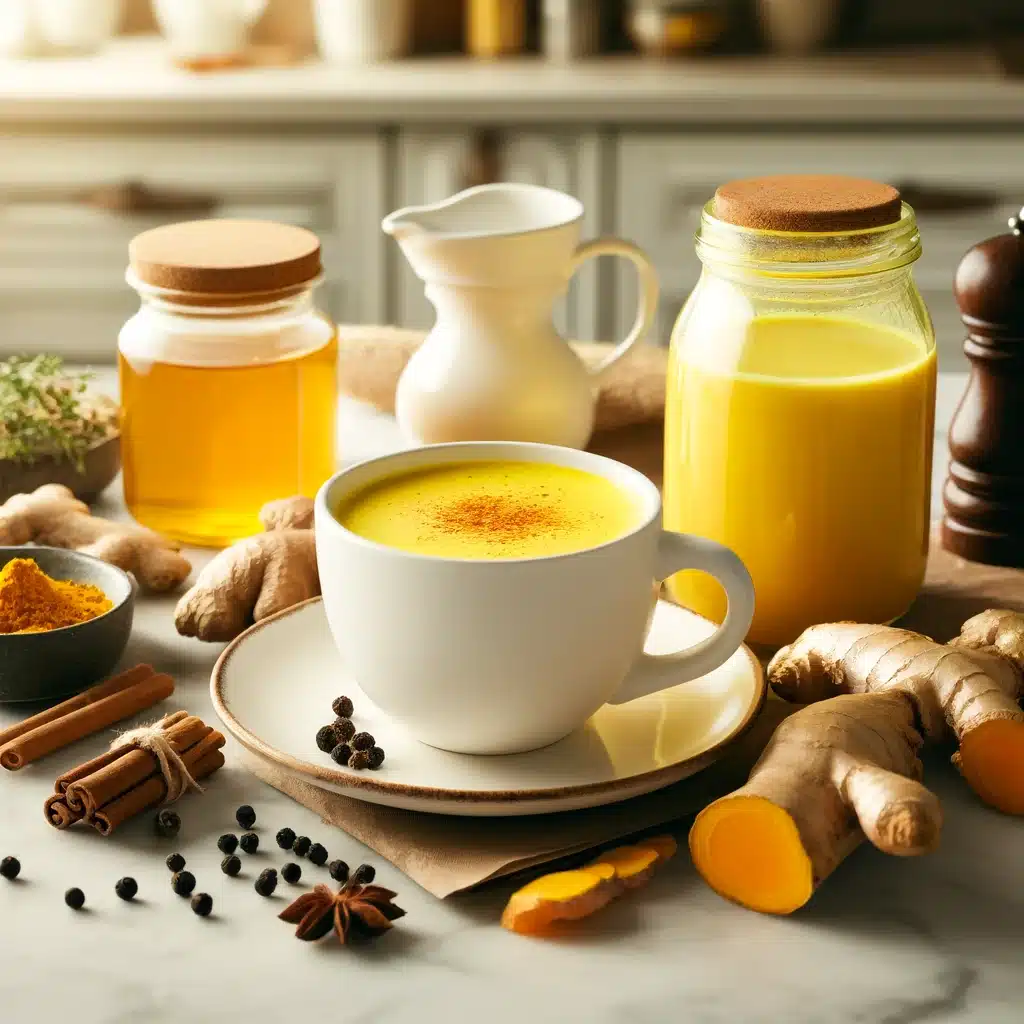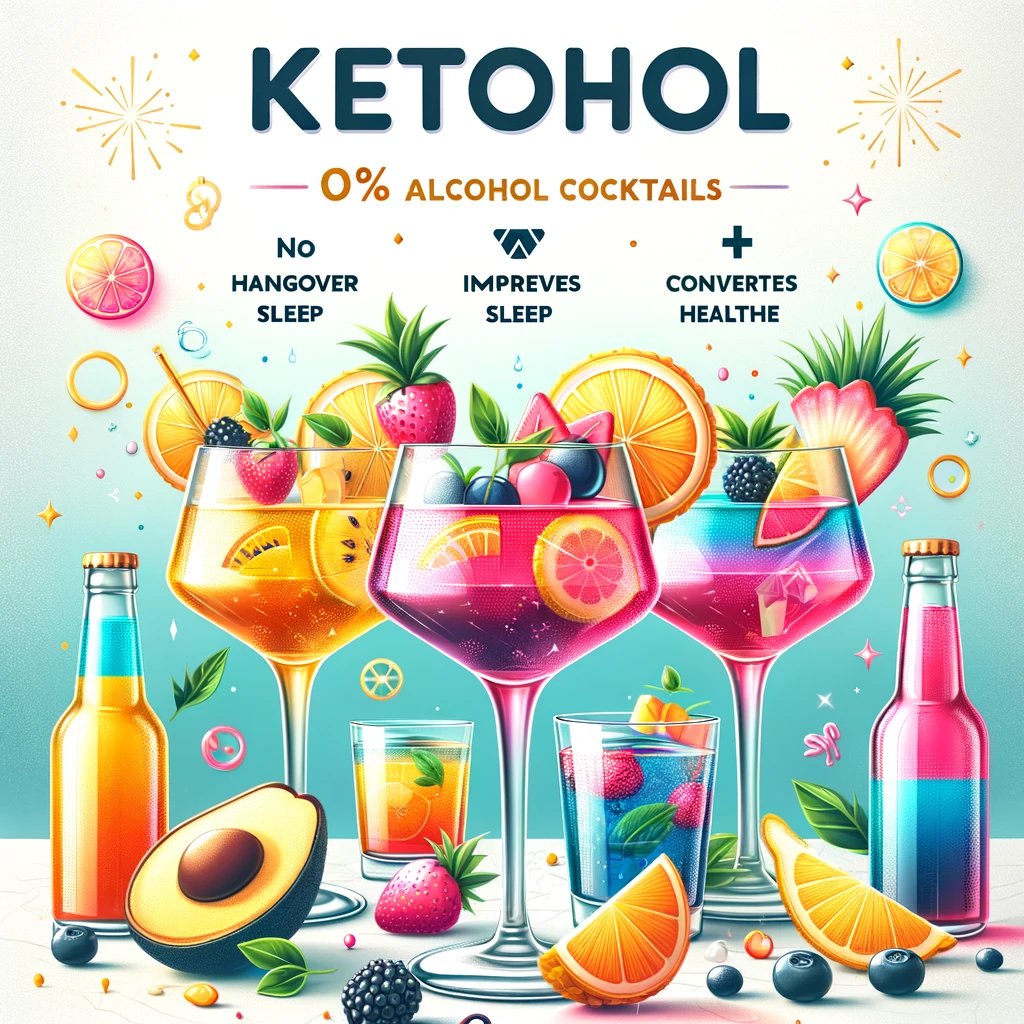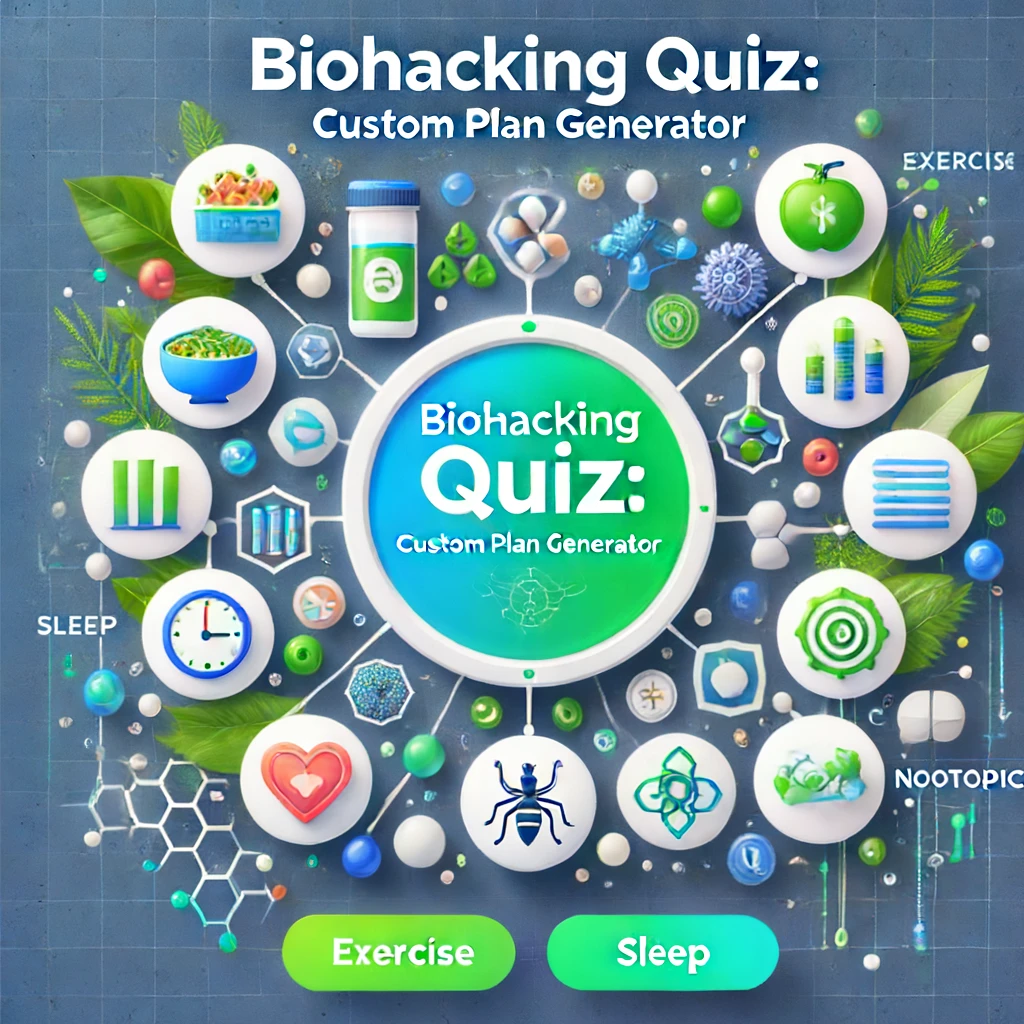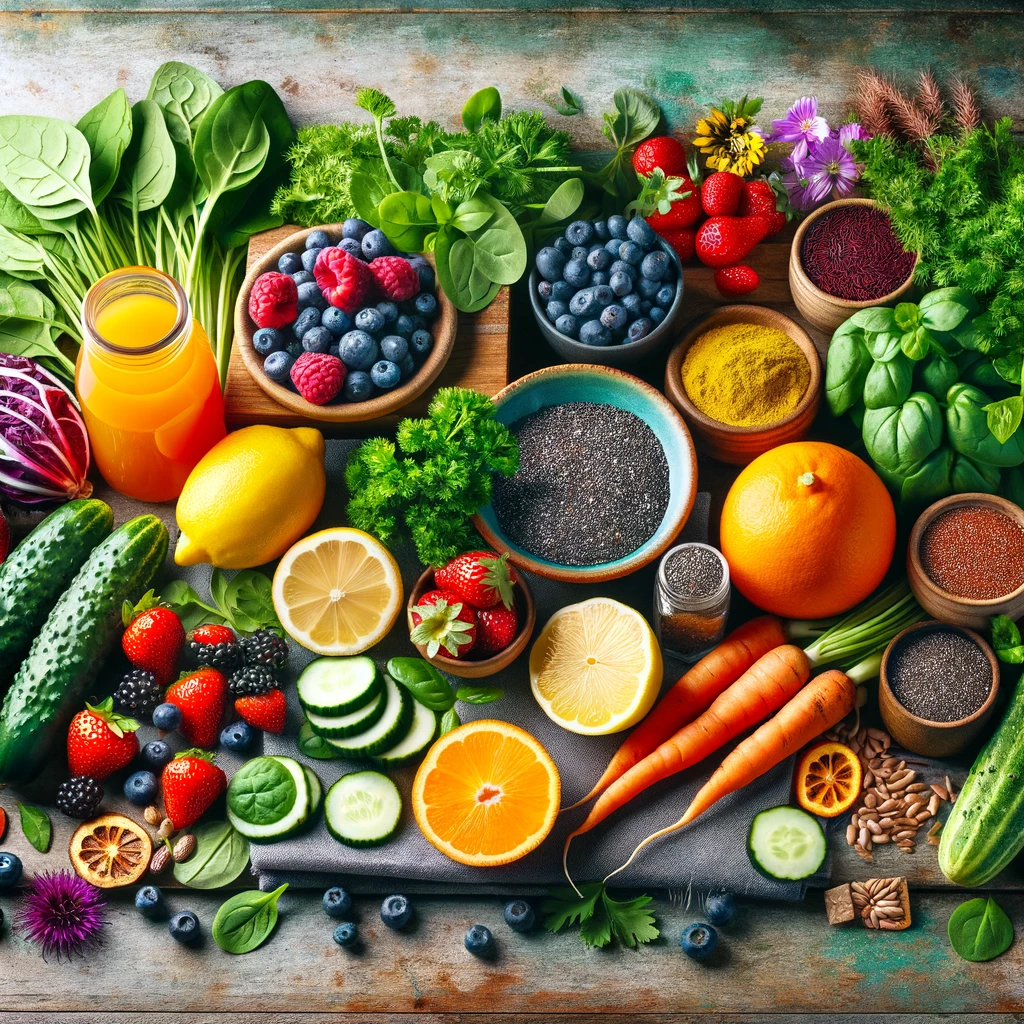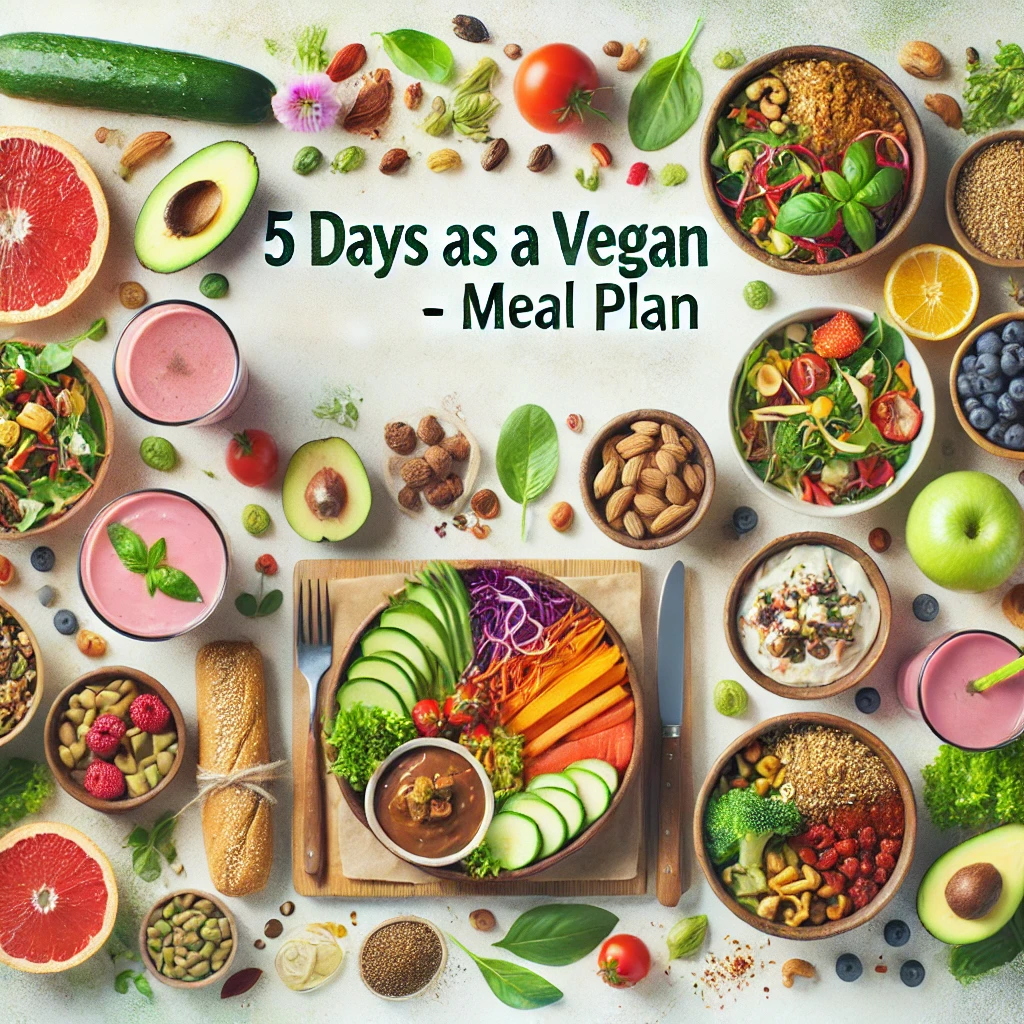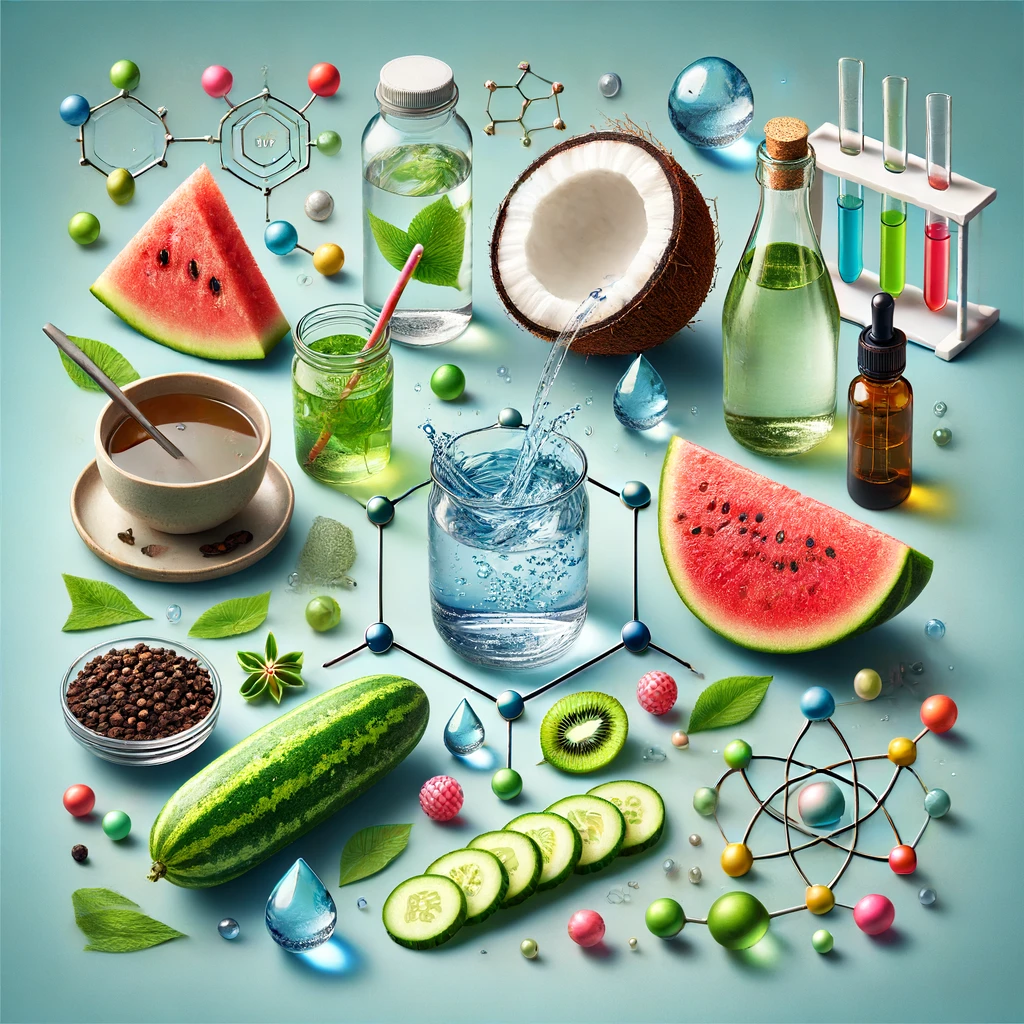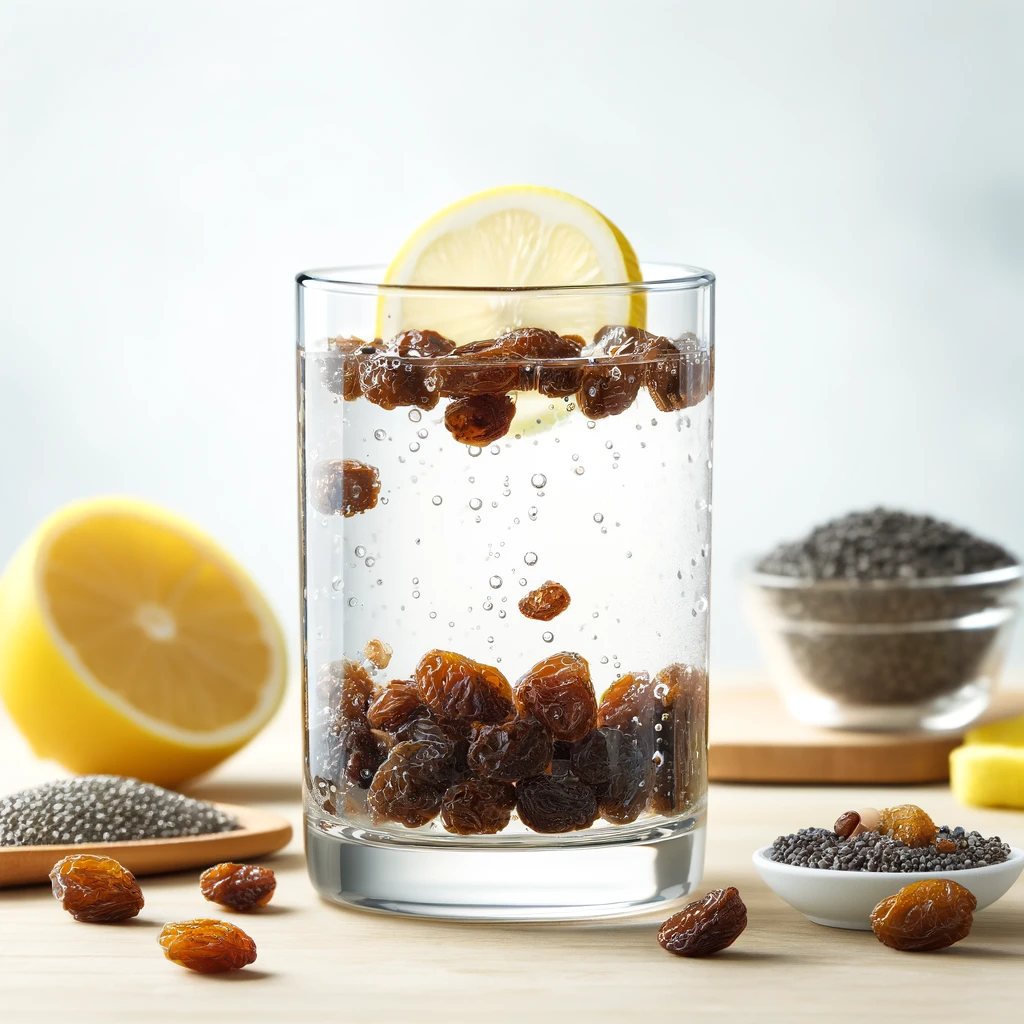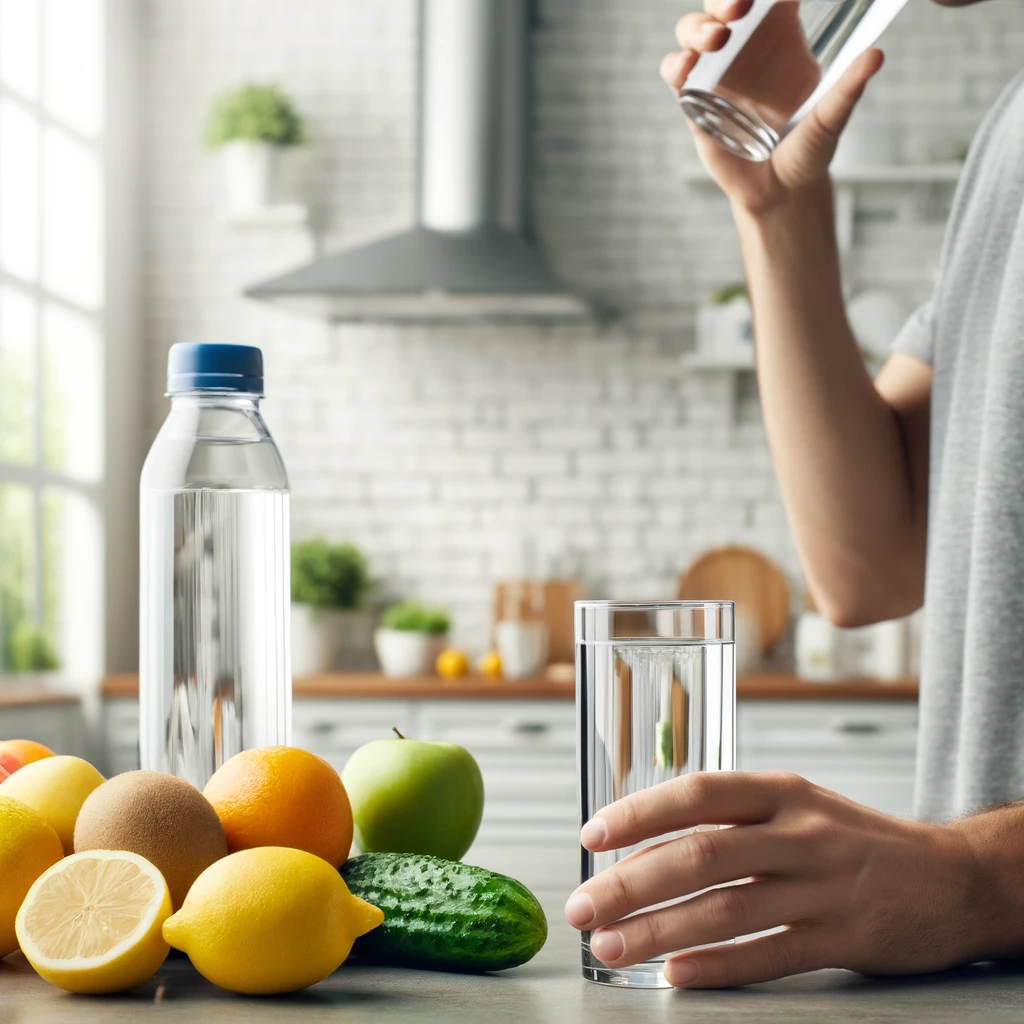Articles
Welcome to Vita Diet’s blog, your ultimate destination for holistic health guides, detox plans, and wellness recipes.
Explore our articles on natural detox methods, balanced meal plans, and plant-based diet benefits. Enhance your vitality through mindful eating and healthy lifestyle choices. Stay informed with expert tips, innovative recipes, and health insights to achieve optimal well-being.
“Delicious detox and cleansing guides; eat your way clean.”
Prekese – For Mind, Body and Soul
Eiii chale, make we talk about prekese! 🌿🍲 What be Prekese? Prekese, also known as Tetrapleura Tetraptera, be one kain flowering plant wey dey grow for West Africa. This special plant dey common for: Prekese get warm, sweet-sweet, and nutty flavor wey people dey use for traditional cooking and medicine. For Ghana, we dey use […]
The Magical Moringa Tree: A Treasure in Ghana
Moringa Leaf – A Ghana Native’s Perspective Moringa is often called the magical tree here in Africa due to its numerous health benefits. This powerful tree is rich in vitamins and incredibly nutritious. Every part of the moringa tree—the seed, leaf, stem, and roots—has a unique function in our bodies and plays a vital role […]
Neuroprotection with Low-Dose Methylene Blue and Near-Infrared Light
Unlock neural longevity secrets! 🌟 Unveil how low-dose methylene blue and light therapy combat neurodegeneration powerfully! 🧠 Curious?
Effective 7-Day Weight Loss Meal Plan With Delicious Recipes
Join me on a 7-day weight loss meal plan that combines detox and gourmet dining. From vibrant breakfasts to savory dinners, enjoy delicious, healthy recipes. Plus, learn how to snack responsibly to stay on track with your weight loss and wellness goals. 🌟🍽️✨
Detox Dopamine: 3 Step Hack
Dopamine detox using this simple 3-step hack: Reset your diet, practice mindfulness, and optimize your sleep for balanced dopamine levels. 🌿🧘♀️😴
Wellness Activities: 5 W’s
Hello wellness activities explorers! 🌟 Get ready to supercharge your life with an electrifying array of wellness activity options that will elevate your health and happiness to unprecedented heights.
Supplements to Balance Hormones: 4 Effective Options
4 Effective Natural Supplements to Balance Hormones: 🌿 Powerful herbal allies can harmonize your hormones and your well-being naturally.
10 Minute Cortisol Detox
10-minute cortisol detox you can do sitting down right now! Reduce stress, boost energy, and feel amazing with these simple metho. 🌟✨
How I Remedied Chronic Stress
Feeling overwhelmed by stress? 🌪️ I turned my frazzled life into calm bliss with some surprising tips! 🌸✨ Find out how I tamed my chronic stress beast and found serenity! 🐉💫
Erase Years from Your Face: Anti-Aging Miracle of Infrared Light Therapy!
Erase wrinkles and rejuvenate your skin with infrared light therapy! 🌟 Boost collagen, reduce fine lines, and achieve a youthful glow with this revolutionary treatment. 💫
Secret Adaptogens You’ve Never Heard Of
Unlock the power of nature with secret adaptogens you’ve never heard of! Discover rare herbs that can transform your health and enhance your wellness routine. 🌿✨
How I Beat Blue Light and Digital Eye Strain With Simple Hacks!
Is blue light ruining your eyes and sleep? Here’s how to beat digital eye strain with simple hacks and protect your health; you can try these today!
World’s 1st Human Microplastics Blood Test Kit
Curious if microplastics are in your blood? The world’s first test kit is here to reveal the truth! Get a special discount with code GOVITA. Take charge of your health now!
I Explored Reishi Mushroom’s Benefits: Here’s The Truth
I explored the real benefits of Reishi mushrooms! 🌿✨ Boost your health, manage stress, and enhance your wellness routine with this ancient powerhouse. 🌟🍵
Explore Cascara With Me: Coffee Cherry Tea
Cascara, made from coffee cherry husks, is a unique tea with a fruity flavor and numerous health benefits. Learn how to brew it and its sustainable impact! 🌿🍵
SEARCH BY TOPIC
Explore natural detox and cleanse, mindfulness, yoga, hydration, fasts, adaptogens, and more. Expert tips and innovative approaches for a balanced, healthy lifestyle; dive in below to discover what resonates with you.
Detoxing and Cleansing:
Recently Published
Discover expert advice on detoxing and cleansing to rejuvenate your body naturally. Our content covers effective detox plans, natural cleanse methods, and tips to boost your overall wellness and vitality. Dive into our comprehensive guides for a healthier, more balanced lifestyle.
-
15 Dec 2024 CleanseDid Celebrities Secretly Use This Natural Detox Cleanse?
-
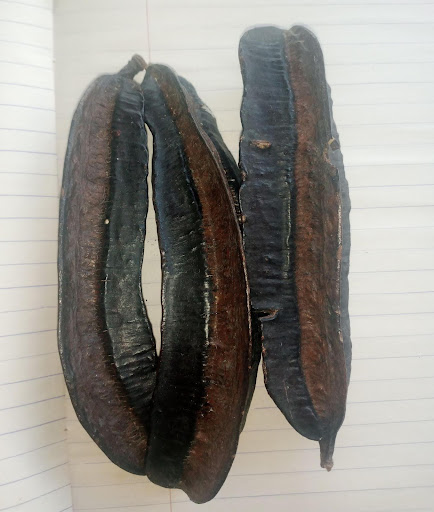 30 Sep 2024 VeganPrekese - For Mind, Body and Soul
30 Sep 2024 VeganPrekese - For Mind, Body and Soul -
 07 Aug 2024 AdaptogensThe Magical Moringa Tree: A Treasure in Ghana
07 Aug 2024 AdaptogensThe Magical Moringa Tree: A Treasure in Ghana -
 30 Jul 2024 BiohackingNeuroprotection with Low-Dose Methylene Blue and Near-Infrared Light
30 Jul 2024 BiohackingNeuroprotection with Low-Dose Methylene Blue and Near-Infrared Light -
 18 Jul 2024 BiohackingEffective 7-Day Weight Loss Meal Plan With Delicious Recipes
18 Jul 2024 BiohackingEffective 7-Day Weight Loss Meal Plan With Delicious Recipes -
 12 Jul 2024 BiohackingDetox Dopamine: 3 Step Hack
12 Jul 2024 BiohackingDetox Dopamine: 3 Step Hack -
 12 Jul 2024 BiohackingWellness Activities: 5 W's
12 Jul 2024 BiohackingWellness Activities: 5 W's -
 11 Jul 2024 AdaptogensSupplements to Balance Hormones: 4 Effective Options
11 Jul 2024 AdaptogensSupplements to Balance Hormones: 4 Effective Options -
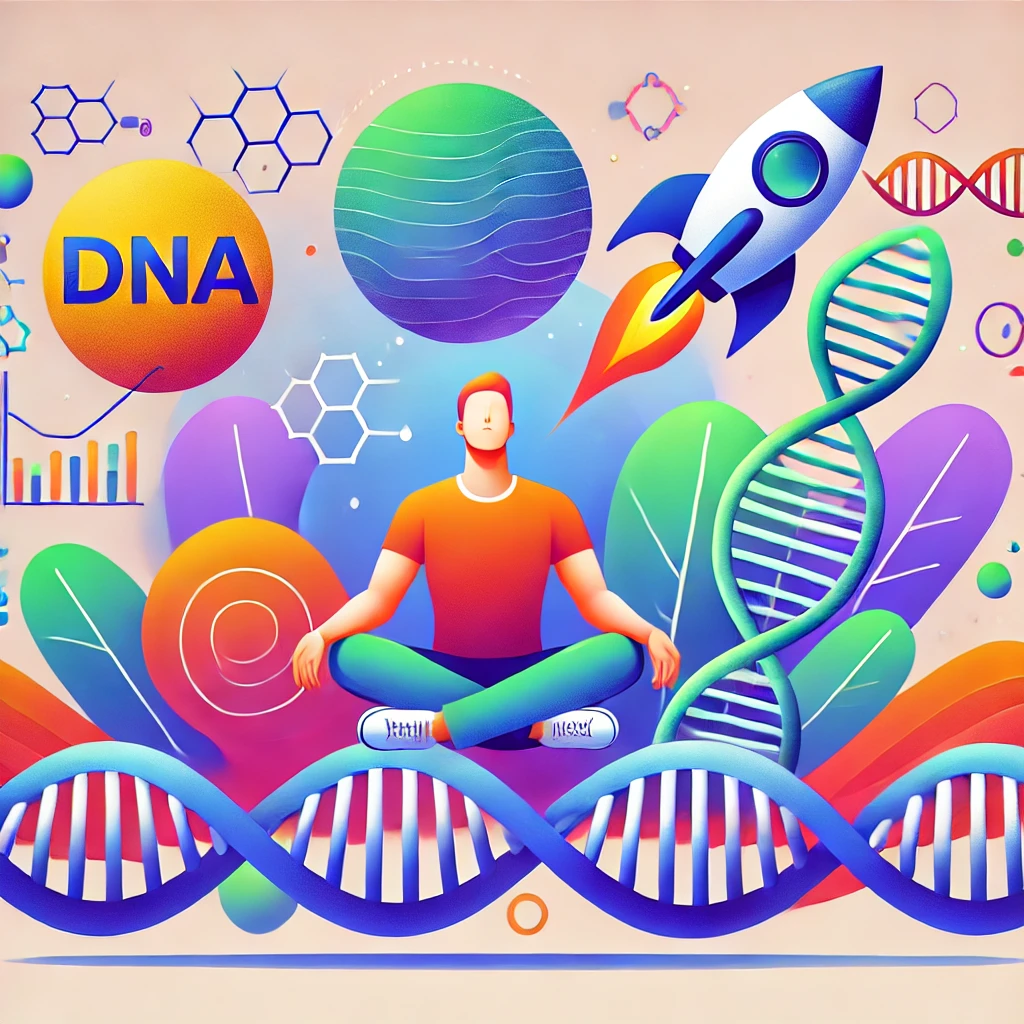 10 Jul 2024 Belly Fat10 Minute Cortisol Detox
10 Jul 2024 Belly Fat10 Minute Cortisol Detox -
 08 Jul 2024 BiohackingHow I Remedied Chronic Stress
08 Jul 2024 BiohackingHow I Remedied Chronic Stress
Tags
Most Popular natural cleanse and detoX Questions
Explore our comprehensive knowledge base for achieving a clean body and a clean life.
We provide thoroughly researched expert advice, scientifically-backed information, and practical tips on how to effectively detoxify your body while keeping life delicious.
Subscribe
Starting a detox diet can seem overwhelming, but with a few simple steps, you can ease into it and experience the benefits. Here’s how to get started:
-
Research and Choose a Detox Plan:
- Identify Your Goals: Determine what you want to achieve with your detox diet. Common goals include liver detoxification, improved digestion, skin health, or reducing sugar intake.
- Types of Detox Diets: Familiarize yourself with different detox diets such as liver detoxes, renal cleanses, skin detoxes, and sugar detoxes. Choose one that aligns with your goals and dietary preferences.
-
Consult a Healthcare Professional:
- Safety First: Before starting any detox diet, consult with a healthcare provider or nutritionist to ensure the plan is safe and appropriate for you, especially if you have underlying health conditions or dietary restrictions.
-
Prepare Your Kitchen:
- Stock Up on Essentials: Gather the necessary ingredients for your detox diet. Focus on whole foods like fresh fruits, vegetables, lean proteins, nuts, seeds, and detoxifying drinks such as herbal teas.
- Remove Processed Foods: Clear out processed foods, sugary snacks, and any other items that don’t align with your detox plan.
-
Start Gradually:
- Ease into It: Begin with a mild detox to allow your body to adjust. Gradually introduce more detoxifying foods and practices.
- Stay Hydrated: Drink plenty of water and herbal teas to help flush out toxins.
-
Follow Simple Detox Recipes:
- Detox Smoothies and Juices: Incorporate easy-to-make smoothies and juices into your diet. They are quick to prepare and packed with nutrients.
- Balanced Meals: Include balanced meals that focus on nutrient-dense foods. Avoid processed foods and focus on natural, whole ingredients.
-
Listen to Your Body:
- Monitor Your Symptoms: Pay attention to how your body reacts. Keep a journal to track your symptoms, energy levels, and mood.
- Adjust as Needed: If you experience severe discomfort, adjust your plan accordingly or seek advice from a healthcare professional.
For more tips and detailed guides, visit our detox diet blog.
Conclusion
Starting a detox diet involves careful planning, consultation with a healthcare professional, and gradual implementation. By focusing on whole, nutrient-dense foods and staying hydrated, you can embark on a detox diet that supports your health goals. Listen to your body and adjust as needed to ensure a safe and effective detox experience.
Experiencing discomfort during a detox or cleanse is not uncommon. These symptoms, often referred to as “healing crises” or “detox symptoms,” can include headaches, fatigue, digestive issues, and mood swings. Here are some strategies to manage and alleviate these discomforts:
-
Stay Hydrated:
- Importance: Proper hydration helps flush out toxins more efficiently and can reduce symptoms like headaches and fatigue.
- Tip: Drink plenty of water, herbal teas, and detoxifying drinks like lemon water or cucumber water throughout the day.
-
Get Adequate Rest:
- Importance: Your body needs extra energy to detoxify, so ensure you get plenty of rest and sleep.
- Tip: Aim for 7-9 hours of sleep per night and consider taking short naps if you feel excessively tired during the day.
-
Maintain a Balanced Diet:
- Importance: Eating nutrient-dense foods supports your body’s detoxification processes and provides necessary vitamins and minerals.
- Tip: Include a variety of fruits, vegetables, lean proteins, and healthy fats in your diet. Avoid processed foods, sugar, and caffeine.
-
Gentle Exercise:
- Importance: Light physical activity can help stimulate your lymphatic system and improve circulation, aiding in detoxification.
- Tip: Engage in gentle exercises like walking, yoga, or stretching. Avoid strenuous workouts that may add stress to your body.
-
Use Natural Remedies:
- Importance: Certain natural remedies can help alleviate detox symptoms.
- Tip: Ginger tea can soothe nausea, peppermint tea can help with digestive issues, and Epsom salt baths can ease muscle aches.
-
Practice Deep Breathing and Relaxation Techniques:
- Importance: Stress can exacerbate detox symptoms, so managing stress is crucial.
- Tip: Practice deep breathing exercises, meditation, or mindfulness to help relax your body and mind.
-
Monitor Your Symptoms:
- Importance: Keeping track of your symptoms can help you understand how your body is responding to the detox.
- Tip: Maintain a journal to record how you feel each day, noting any symptoms and their severity. This can help you adjust your detox plan if necessary.
-
Gradual Transition:
- Importance: Suddenly switching to a strict detox regimen can be overwhelming for your body.
- Tip: Gradually introduce detoxifying foods and practices into your routine. This can help your body adjust and reduce the severity of detox symptoms.
-
Seek Professional Advice:
- Importance: If symptoms are severe or persistent, it’s important to consult a healthcare professional.
- Tip: A doctor or nutritionist can provide personalized advice and ensure your detox plan is safe and effective for you.
Conclusion
Experiencing discomfort during a detox or cleanse is a sign that your body is working to eliminate toxins. By staying hydrated, getting adequate rest, maintaining a balanced diet, engaging in gentle exercise, and using natural remedies, you can manage and alleviate these symptoms. Always listen to your body and seek professional advice if needed to ensure a safe and effective detox experience.
A detox diet can be easy or complex to prepare depending on your approach and the specific detox plan you choose. Many detox diets are designed to be straightforward, emphasizing whole, natural foods that are easy to prepare at home. For example, liver detoxes and renal cleanses often include simple recipes that incorporate fresh fruits, vegetables, and plenty of water, making them accessible even for beginners.
Key elements of an easy-to-prepare detox diet include:
- Whole Foods: Many detox diets focus on whole foods such as fruits, vegetables, nuts, seeds, and lean proteins. These ingredients are often simple to prepare and can be consumed in their natural state or with minimal cooking.
- Smoothies and Juices: Smoothies and juices are a popular component of detox diets because they are quick to make and can be packed with nutrients. Recipes often include a mix of fruits, vegetables, and supplements like ginger or turmeric.
- Hydration: Staying hydrated is crucial in any detox diet. Drinking water, herbal teas, and detox waters (like lemon or cucumber water) is both simple and effective.
However, some detox diets can be more elaborate, requiring specific ingredients or more advanced preparation techniques. For instance, a sugar detox may require careful meal planning to avoid hidden sugars, while a liver detox might incorporate specialized teas and supplements.
Overall, the difficulty of preparing a detox diet largely depends on the plan you choose and your familiarity with the ingredients and preparation methods. Starting with simpler recipes and gradually incorporating more complex ones can help ease the transition into a detox diet.
By focusing on whole, natural foods and straightforward recipes, you can create a detox diet that is both effective and easy to maintain.
Yes, you should consider factors such as age, gender, and weight when planning a cleanse or detox. These factors can influence how your body responds to different detox and cleanse regimens. Here’s why:
-
Age:
- Metabolism: Metabolic rates can change with age. Younger individuals often have faster metabolisms, which can influence how quickly they detoxify. Older adults might require a more gentle approach to detoxing.
- Nutritional Needs: Nutritional needs also change with age. For example, older adults may need more fiber and hydration, which should be considered when selecting a detox plan.
-
Gender:
- Hormonal Differences: Men and women have different hormonal profiles that can affect how they detox. Women, especially, may need to consider their menstrual cycle, pregnancy, and menopause when planning a cleanse.
- Body Composition: Generally, men and women have different muscle mass and fat distribution, which can influence the storage and release of toxins.
-
Weight:
- Toxin Storage: Toxins can be stored in body fat. Individuals with higher body fat percentages may need a different detox approach compared to those with lower body fat percentages.
- Caloric Needs: Your weight influences your caloric and nutritional needs. A person with higher body weight may require more nutrients and a different caloric intake to support a detox or cleanse.
Customizing Your Detox or Cleanse
- Consult with a Professional: It’s advisable to consult with a healthcare provider or nutritionist to tailor a detox plan to your specific needs.
- Start Gradually: Begin with a mild detox, especially if you are new to cleansing. Gradually introduce more detoxifying foods and practices to see how your body responds.
- Monitor Your Body: Pay attention to how your body reacts. Adjust your plan based on energy levels, digestive changes, and overall well-being.
Conclusion
Basing your detox or cleanse on your age, gender, and weight can help create a more effective and personalized plan. By considering these factors, you can optimize the benefits of your detox or cleanse and ensure it aligns with your unique health needs. Always seek professional advice to ensure safety and efficacy.
Determining if your detox or cleanse is effective involves observing various signs and changes in your body. Here are some key indicators:
-
Increased Energy Levels:
- One of the first signs of an effective detox or cleanse is a noticeable boost in energy. As your body eliminates toxins and starts absorbing nutrients more efficiently, you may feel more energetic and less fatigued.
-
Improved Digestion:
- Successful detoxes and cleanses often result in better digestion and more regular bowel movements. This can include reduced bloating, less gas, and a general feeling of lightness.
-
Clearer Skin:
- Many people experience clearer, more radiant skin as a result of detoxing. This happens because toxins that contribute to skin issues are being flushed out of your body.
-
Weight Loss:
- Weight loss is a common outcome, primarily due to the elimination of water retention, reduction in bloating, and healthier eating habits introduced during the detox or cleanse.
-
Better Mental Clarity and Mood:
- Improved mental clarity and a more stable mood can indicate a successful detox. This is often due to a reduction in processed foods and sugars, leading to more stable blood sugar levels and better brain function.
-
Reduced Cravings:
- A successful detox or cleanse can help reduce cravings for unhealthy foods, particularly sugar and processed foods. This often results from breaking the cycle of dependency on these foods and stabilizing blood sugar levels.
-
Improved Sleep:
- Better sleep quality is another positive sign. As your body detoxifies and heals, you may find it easier to fall asleep and have more restful sleep.
Monitoring Your Progress
To accurately gauge the effectiveness of your detox or cleanse, consider keeping a journal to track your symptoms, energy levels, mood, and any physical changes. This can help you notice improvements and stay motivated.
Consultation with a Healthcare Professional
It’s always a good idea to consult with a healthcare professional before, during, and after your detox or cleanse to ensure it aligns with your health needs and goals.
Deciding whether to do a detox or a cleanse depends on your health goals, dietary preferences, and current health status. Both approaches aim to rid the body of toxins and improve overall health, but they have different methods and focuses.
Detox:
- Focus: Detox diets generally focus on eliminating toxins from the body, particularly from the liver. They often involve a temporary, restrictive diet that eliminates processed foods, sugar, alcohol, and caffeine.
- Duration: Detox diets can range from a few days to several weeks. They often include specific foods and beverages known for their detoxifying properties, such as green juices, herbal teas, and raw vegetables.
- Goal: The primary goal of a detox is to support the body’s natural detoxification processes and improve liver function. Detox diets often aim to increase energy levels, improve digestion, and enhance skin health.
- Approach: Detox diets might include fasting, juicing, and consuming nutrient-dense foods to help the body eliminate toxins.
Cleanse:
- Focus: Cleanses focus on cleansing specific systems or organs, such as the digestive tract. They often include high-fiber foods and supplements that promote bowel movements and cleanse the colon.
- Duration: Cleanses can last from a few days to a couple of weeks. They typically involve consuming specific foods or supplements designed to cleanse the digestive system.
- Goal: The main goal of a cleanse is to improve digestion, remove waste buildup from the colon, and support overall digestive health. Cleanses can help with weight loss, reduce bloating, and improve nutrient absorption.
- Approach: Cleanses might include consuming fiber-rich foods, drinking plenty of water, and taking herbal supplements that support digestion and bowel movements.
Which One is Right for You?
- Health Goals: If you are looking to support liver function, reduce exposure to environmental toxins, or improve skin health, a detox diet might be more suitable. If you want to improve digestion, reduce bloating, and cleanse the colon, a cleanse might be the better option.
- Current Health Status: It’s essential to consider any existing health conditions before starting a detox or cleanse. Consult with a healthcare professional to determine which approach is safe and appropriate for you.
- Dietary Preferences: Choose an approach that aligns with your dietary preferences and lifestyle. Some people find detox diets more restrictive, while others prefer the structured approach of a cleanse.
Ultimately, both detoxes and cleanses can offer health benefits when done correctly. It’s essential to choose a plan that aligns with your health goals and consult with a healthcare provider to ensure it’s safe for you.
Selecting the right detox diet involves several considerations to ensure it aligns with your health goals, lifestyle, and dietary preferences. Here are some steps to help you choose the best detox diet for you:
Identify Your Goals: Determine what you want to achieve with your detox diet. Are you looking to cleanse your liver, improve skin health, reduce sugar intake, or support kidney function? Knowing your specific goals will help you select a detox plan that targets those areas.
Research Different Detox Diets: Familiarize yourself with various detox diets. Popular options include liver detoxes, renal cleanses, skin detoxes, and sugar detoxes. Each type has different benefits and dietary requirements. For example, a liver detox might emphasize foods like leafy greens and citrus fruits, while a sugar detox focuses on eliminating refined sugars and high-fructose foods.
Consider Your Dietary Preferences: Choose a detox diet that includes foods you enjoy and can easily incorporate into your meals. If you prefer smoothies and juices, a detox plan that includes these might be more suitable. If you like hearty meals, look for detox diets with recipes that align with your tastes.
Assess the Complexity: Some detox diets are simple and involve basic ingredients and easy-to-follow recipes, while others may be more complex. If you’re new to detox diets, start with a straightforward plan that doesn’t require extensive preparation or hard-to-find ingredients.
Consult with a Healthcare Professional: Before starting any detox diet, it’s advisable to consult with a healthcare provider, especially if you have underlying health conditions or dietary restrictions. They can provide personalized advice and ensure the detox diet you choose is safe and effective for you.
Read Reviews and Testimonials: Look for reviews and testimonials from people who have tried the detox diet you’re considering. This can give you insights into its effectiveness and any potential challenges you might face.
By considering these factors, you can select a detox diet that not only helps you achieve your health goals but also fits seamlessly into your lifestyle.
Free Monthly Newsletter
You’ll find healthy tips, detox & cleansing guides, diet concepts, meal plans, free (sustainable product) sample alerts, how-to’s, video Yoga classes and more all for free!
This EmailOctopus form cannot be rendered.
Archives
- December 2024 (1)
- September 2024 (1)
- August 2024 (1)
- July 2024 (11)
- June 2024 (38)
- May 2024 (36)
- April 2024 (6)

Recent Posts
- Did Celebrities Secretly Use This Natural Detox Cleanse? December 15, 2024
- Prekese – For Mind, Body and Soul September 30, 2024
- The Magical Moringa Tree: A Treasure in Ghana August 7, 2024
- Neuroprotection with Low-Dose Methylene Blue and Near-Infrared Light July 30, 2024
- Effective 7-Day Weight Loss Meal Plan With Delicious Recipes July 18, 2024
Disclaimer
This content is for informational purposes only and does not constitute medical advice. Always consult with a doctor or medical specialist before making any health-related decisions, including detoxing, cleansing, or engaging in any activities mentioned. Your health and safety are paramount, and professional guidance is essential to ensure the best outcomes for your individual needs.
